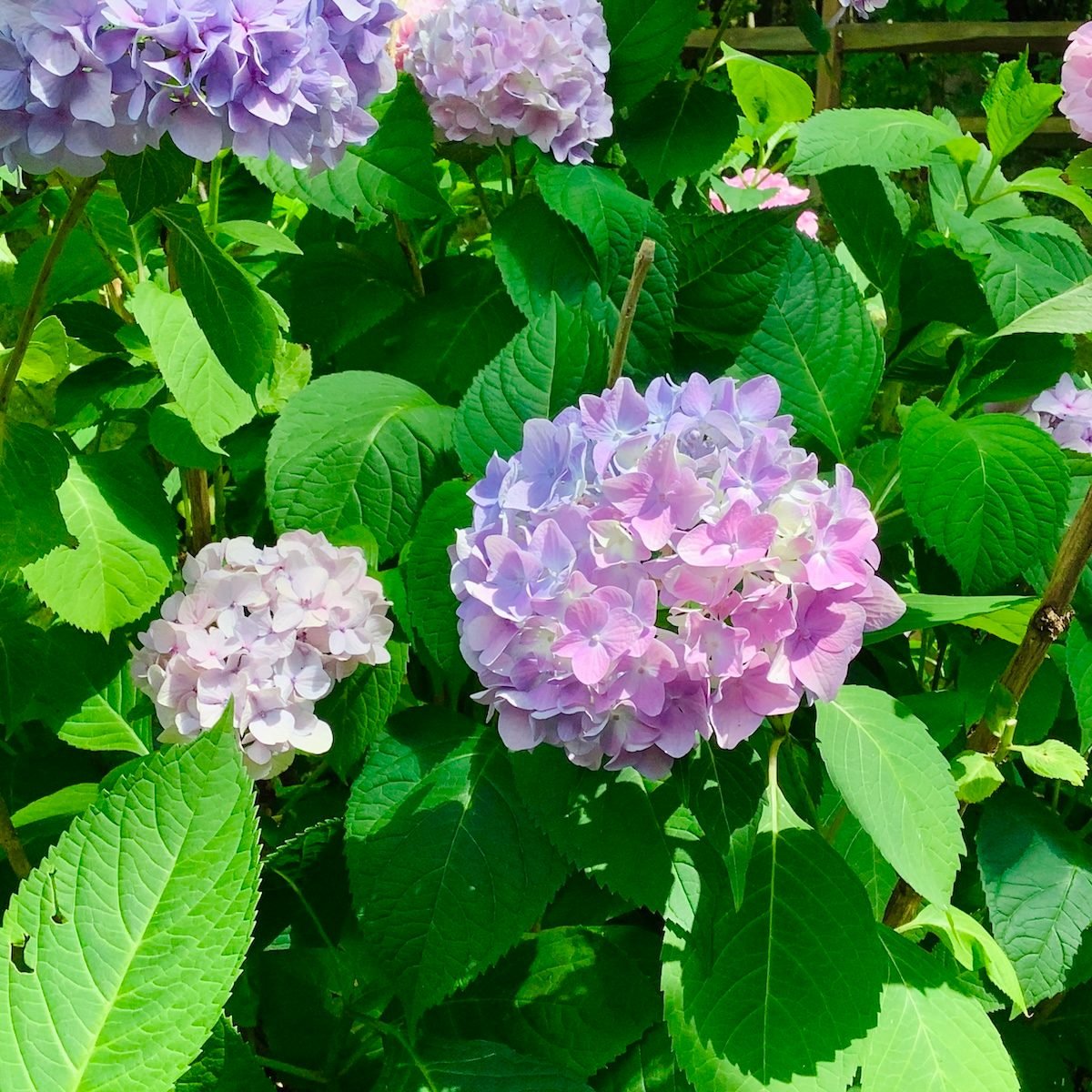Understanding the Diversity of Hydrangeas
There are hundreds of hydrangea species and cultivars available, but a few common types stand out for their unique characteristics. Whether you’re looking to add color to your garden or create a stunning landscape feature, understanding these different varieties can help you make an informed choice. Below are some key hydrangea facts that highlight the diversity among these beautiful plants.
Common Hydrangea Types
When shopping for hydrangeas at a garden center, you’ll likely encounter these six main types:
- Bigleaf (also called French hydrangea): Known for their large, showy blooms.
- Oakleaf: Recognized for their distinctive leaf shape resembling oak leaves.
- Panicle: Popular for their cone-shaped flowers and cold tolerance.
- Smooth: Often used in gardens for their fragrant blooms.
- Mountain: Thrives in cooler climates and has a compact growth habit.
- Climbing: Ideal for vertical spaces, as they can reach impressive heights.
Each type offers different benefits, so it’s important to consider your specific gardening needs when selecting a variety.
Color Changes in Hydrangeas
One of the most intriguing features of hydrangeas is their ability to change colors based on soil conditions. However, not all hydrangea types exhibit this trait. For example, bigleaf hydrangeas can shift from blue to pink depending on the pH level of the soil. If the pH is below 5.5, the flowers tend to be blue, while a pH of 6.0 or higher results in pink blooms. This natural phenomenon adds an element of surprise and beauty to any garden.
Cold Tolerance and Growth Conditions
Hydrangeas are generally resilient plants, but their ability to withstand cold varies by type. Panicle hydrangeas, for instance, are incredibly cold-tolerant and can thrive in USDA hardiness zone 3, which covers some of the coldest regions in the United States. These plants are also adaptable, capable of growing in warmer climates like the Deep South. However, it’s worth noting that extreme cold can sometimes prevent certain hydrangeas from blooming, so it’s essential to choose the right variety for your climate.
Size Variations Among Hydrangeas
Hydrangeas come in a wide range of sizes, making them suitable for various garden settings. Some varieties are small enough to grow in containers, while others, such as climbing hydrangeas, can reach heights of 30 feet or more with proper support. Understanding the potential size of each type can help you plan your garden layout effectively.
The Unique Characteristics of Bigleaf Hydrangeas
Bigleaf hydrangeas, often referred to as French hydrangeas, are one of the most commonly seen varieties in backyard gardens. However, they can be challenging to identify due to their two distinct flower types. The first type is known as a mophead, characterized by its large, showy blooms. The second type is called a lacecap, which features smaller budlike florets surrounded by larger blooms. Proper pruning is essential for bigleaf hydrangeas to ensure they produce abundant flowers.
A State Wildflower
While many people might not associate hydrangeas with wildflowers, the oakleaf hydrangea holds a special place in Alabama. In 1999, it was designated as the state wildflower, highlighting its natural beauty and significance in the region.
Exploring Large Hydrangea Collections
For those interested in seeing a wide variety of hydrangeas, visiting a large collection can be a rewarding experience. The Norfolk Botanical Garden, for example, houses approximately 900 hydrangea plants, representing 20 species and 200 cultivars. Such collections offer insight into the vast diversity of these plants and can inspire gardeners to explore new varieties.
Additional Resources
If you’re interested in learning more about hydrangeas, there are numerous resources available. From guides on pruning techniques to information on how to grow blue hydrangeas, there’s a wealth of knowledge to help you care for these plants successfully. Whether you’re a seasoned gardener or just starting out, understanding the unique traits of different hydrangea types can enhance your gardening experience.







